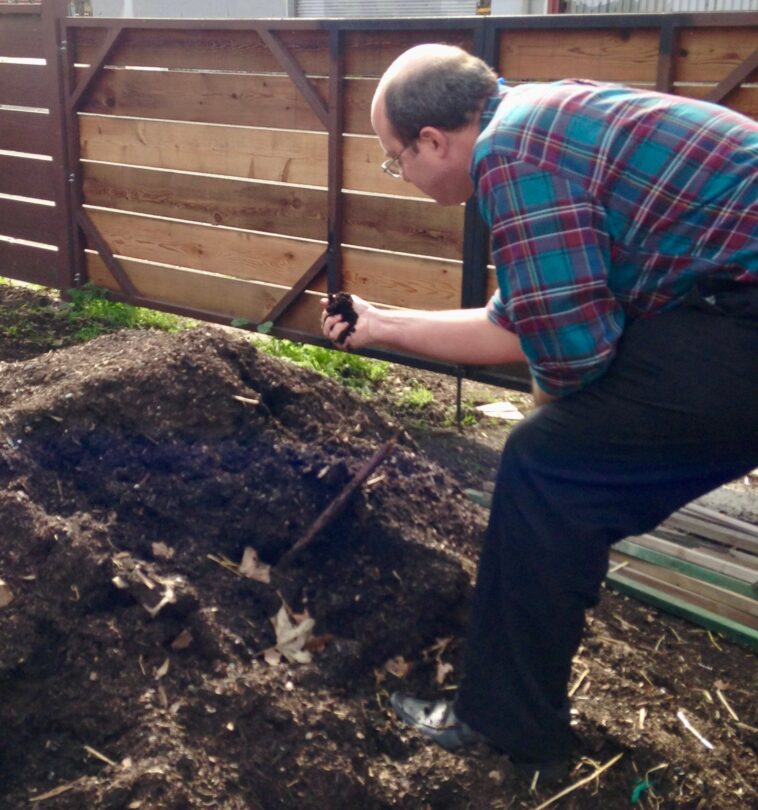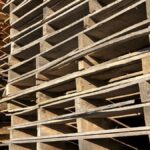For gardens affected by urban fires, scientists recommend removing soil contaminated with ash and replanting in “clean” soil.
UC experts offer tips on testing drinking water, rehabilitating gardens
As residents start to clean up after the Los Angeles County wildfires, the aftermath will continue to impact water and natural resources in and beyond the fire areas, according to water experts at University of California Agriculture and Natural Resources.
Urban wildfires have grown more frequent and intense in the past decade. Record dryness and high winds created conditions capable of enormous heat and destruction; in these types of wildfire events, infrastructure systems – including water supply and electricity – may be affected.
For example, high heat created in urban wildfires can damage or destroy parts of a water distribution system, which disrupts supplies and introduces risks.
“Volatile organics and carcinogens can enter drinking water through compromised parts of the system that get melted by fire,” said Erik Porse, director of the California Institute for Water Resources. He added, “When distribution systems are damaged or face heavy demands, pipes can lose pressure, allowing bacterial growth.”
Water agencies in affected parts of Los Angeles County responded to these risks by monitoring water quality and releasing “do not drink” advisories in affected areas. Such notices are not unusual following disasters, but are jarring for residents who are accustomed to reliable household water.
Ash, runoff can contaminate supply of drinking water
If wildfires occur in watersheds that supply cities with water, ash and polluted runoff may contaminate water bodies in fire zones.
“Water treatment systems may be unable to treat incoming water if that water has high levels of solids or contaminants,” Porse said.
These risks arose with the Hughes Fire near Castaic Lake, which supplies drinking water to parts of northern Los Angeles County. As the fire spread last week, water agencies in Los Angeles were monitoring the situation closely.
Many areas of Los Angeles also rely on groundwater. Future rains can cause contaminants to infiltrate into groundwater basins and create similar treatment challenges for water agencies.
Local water agencies are the best source of information to find out if drinking water is safe. During times of both routine operations and disasters, water utilities are subject to stringent standards and they monitor water quality in their systems as required by law.
“If a water utility publishes ‘do not drink’ or ‘boil’ advisories in your area, follow directions in the notice and stay up-to-date through website and social media updates,” Porse advised.
Edith de Guzman, UC Cooperative Extension specialist in water equity and adaptation policy at UCLA, added, “Residents who are not in such advisory areas should feel confident that their utility is monitoring the situation and that their water is meeting regulatory standards and is safe.”
Anyone who has concerns about the quality of the water in their home or office can get their water tested. “Water testing can always provide residents or business owners more information and it’s important to understand how to interpret results,” said Porse.
Researchers at UC ANR and the Food-Energy-Water Systems for the Underserved lab at UC Merced published a fact sheet with resources on how to test water and understand the results.
Mudslides, degraded waterways other possible effects of wildfires
While rain would reduce overall wildfire risk, as little as a half-inch of rain in a short period of time could also trigger mudslides or debris flows because intense fires alter the ecosystem.
“Mudslides are a danger in areas burned by wildfires because the fires can destroy vegetation that would usually do two things – soak up some of the water and help keep the soil in place,” said Hope Hauptman, assistant project scientist with California Institute for Water Resources. “So, without that stabilizing plant cover, rain can run off quickly, and the exposed soil – particularly on steep slopes – can turn into dangerous mudflows.”
In addition to removing soil-stabilizing plants, intense fires can change soil characteristics, causing it to repel rather than absorb water, said Monica Palta, UC Cooperative Extension specialist in urban water quality, health and justice at UC Irvine.
“A wildfire with high heat can cause sandy soils in particular to become hydrophobic, or repel water,”Palta said. “A hotter fire creates a waxy substance, formed from burned plant material, that coats the soil and inhibits its ability to infiltrate water and elevates surface runoff.”
Elevated surface runoff increases erosion and causes toxic soils and ash to wash into rivers and the ocean.
“Ash from wildfires can contain heavy metals that are toxic to fish and other animals,” Palta said. “Ash from urban wildfires can have additional types of toxins from melted plastics and other materials in human-built structures like houses.”
Wildfire ash also contains large quantities of nutrients like phosphorus and nitrogen. When those nutrients enter coastal waterways, they can trigger harmful algal blooms, which is bad for swimmers, surfers and wildlife. “Algal blooms can produce their own toxins, and the large amount of decomposing algae in an algal bloom consumes oxygen that fish and other aquatic wildlife need to breathe,” Palta explained.
These water quality issues can persist for years after a fire.
“When contaminated water infiltrates soil or is taken up by plants, the contaminants have a good chance of being bound and stored there,” Palta says. “As wildfire destroys plant communities and causes soils to repel water, it causes not only the release of contaminants into the environment, but reduces the ability of an environment to capture and store those contaminants before they reach a river or the ocean.”
Cleanup crucial in rehabilitating garden after fire
To remove the harmful substances in soil and improve infiltration, Palta recommends taking off the top 6 to 12 inches of soil in gardens, disposing of the soil in plastic bags placed in a trash bin (do not discard in a green bin or compost pile), and then adding new, clean soil to garden beds.
Mixing in compost also will improve infiltration and bind contaminants like heavy metals.
“I would advise engaging a professional to remove the soil because you need to wear correct protective equipment to avoid exposure,” she added. “You can wash ash off of garden plants with water from a hose, but be aware that the contaminants will then go into the soil, so wash your plants before removing soil from the yard. Scorched plant material should be removed from the garden, as it may contain contaminants.”
She also recommends replanting vegetation in the “clean” soil as soon as possible, and taking steps to control erosion.
“To stabilize slopes and hillsides, you can lay logs or branches perpendicular to the slope to block water and erosion down the slope,” Palta said.
UC Master Gardeners of Butte County also have a list of tips on how to mitigate damage on a landscape burned by wildfire when heavy rains begin.
The Los Angeles County Department of Public Health encourages testing soil and water (if not done by your local water provider) prior to starting a garden. On page 16 of the agency’s Soil and Water Testing Guidelines for Home and Community Gardens is a list of soil-testing labs.
/h3>




GIPHY App Key not set. Please check settings